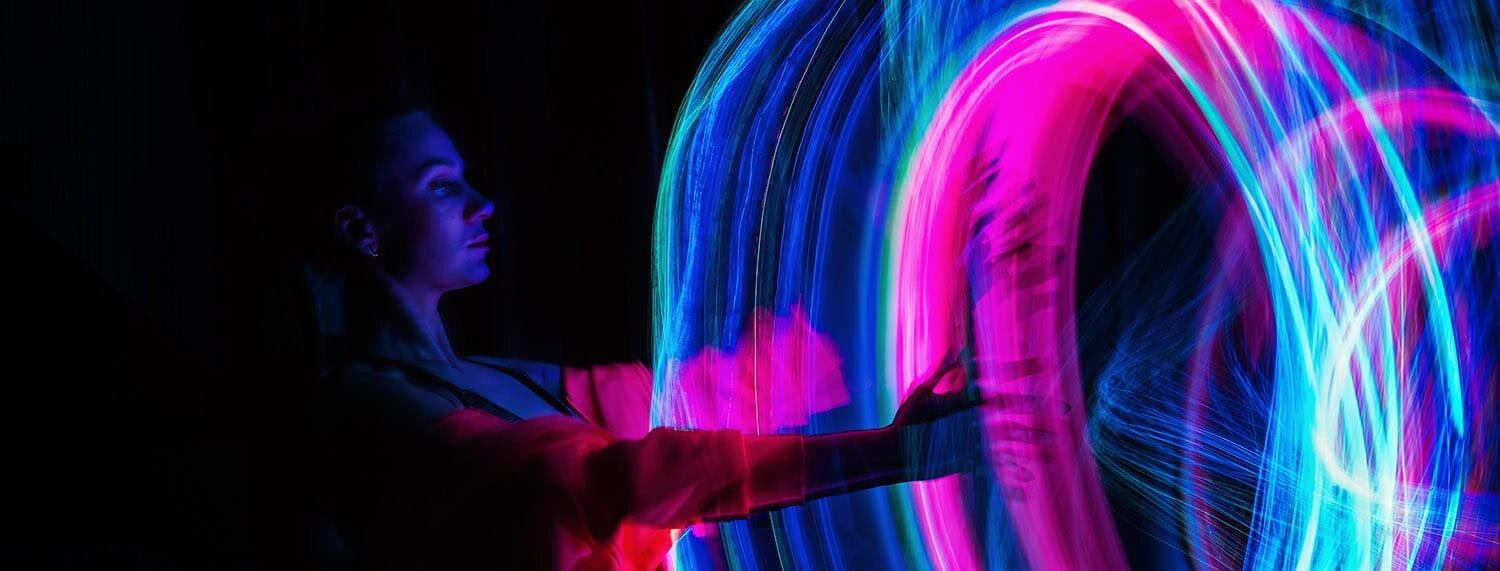What we’ve learned from ten months of Copyright Claims Board proceedings: Eight things for companies to consider
The Copyright Claims Board (CCB) launched in June 2022 as a voluntary alternative forum to federal court to resolve copyright disputes up to $30,000. In its first 10 months of operation, the CCB has issued two final determinations – one on the merits and the other by agreement of the parties.
While CCB decisions are not precedential, the merits determination suggests that the CCB can issue decisions quickly and is unlikely to award maximum damages awards unless rationally related to evidence of actual damages.
What is more interesting, however, is the vast number of cases the CCB has dismissed for deficiency before service on a defendant (or “respondent” in CCB parlance) – more than a third of all cases filed in 2022.
In this issue of IPT News, we look at notable stats on CCB cases and the two final determinations, then offer eight considerations for potential respondents and claimants.
Notable stats
The CCB accepted its first case on June 16, 2022 and received a total of 281 cases in 2022. Of those, 210 (nearly 75 percent) were dismissed – often for failure to sufficiently state a claim. Specifically, as part of CCB’s initial screening of claims, the CCB issued an Order to Amend Noncompliant Claim in at least 158 of the cases filed (56 percent), and ultimately dismissed the majority of those cases, 102 or nearly 64 percent, before service on any party. So far in 2023, 130 cases have been filed, 11 have been dismissed, and 65 have been ordered to amend deficient claims.
Of the 281 cases filed in 2022, only around 10 percent have advanced to receive a scheduling order. The CCB found roughly half of the 2022 cases sufficient to serve (often requiring one or more amendments to the claims). Nearly a third of these cases were subsequently dismissed for failure to timely file proof of service and an additional 25 cases were dismissed due to timely opt-out notices. The CCB has also issued dozens of reminder notices to potential respondents to timely opt out and there are currently 11 cases with second warning notices of potential default judgments.
The CCB’s site notes that it was designed to be an “efficient, streamlined way to resolve copyright disputes” in a manner that is “less expensive and faster than bringing a case in federal court.” So far, the CCB’s initial screening process appears to be working well to filter out deficient claims that would normally require a motion to dismiss.
Decisions to date
The two final determinations the CCB has issued illustrate the types of expedited outcomes available under the CCB process.
Flores v. Mitrakos
The CCB issued its first final determination on February 15, 2023, in Flores v. Mitrakos, No. 22-CCB-0035, granting the parties’ joint request for dismissal and incorporation of certain settlement terms into the final determination. The terms included an agreement that the respondent retract his admittedly false takedown notice by a particular date.
Notably, this 512(f) claim was commenced on June 28, 2022, was deemed sufficient to serve on August 3, 2022, became an active proceeding on October 24, 2022 when the respondent failed to opt out within 60 days, was addressed as a “Smaller Claims” proceeding (meaning it was presided over by just one CCB officer), and was resolved less than four months after the failure to opt out.
Oppenheimer v. Prutton
- CCB decisions are binding, but not precedential. A CCB decision is binding on the parties and cannot be re-litigated in federal court, but it is not precedent in future CCB or district court cases.
- Opt-out process. Failure to file an opt-out notice within 60 days of service of an initial notice of a claim will result in an active CCB proceeding, which may ultimately lead to a default judgment.
- Designated agent for CCB claims: Business entities should consider registering a designated service agent to receive CCB claim notices. This may help centralize receipt of notices and avoid default judgments.
- Potential cost and time savings. Filing a case with the CCB currently costs $100, discovery is limited, expert testimony is rarely allowed, proceedings are virtual, and scheduling orders provide around eight months to complete the case. In comparison, AIPLA reports that in 2020, the average cost to litigate a copyright claim through discovery (not trial) was $150,000 and, according to LexMachina statistics for 2017-2022, the median time to trial was 670 days.
- Copyright experience of CCB officers. The three current CCB officers are a former Copyright Office General Counsel and two prior chairs of law firm intellectual property departments, with substantial copyright experience. In contrast, federal judges preside over varied subject matter and may not regularly resolve copyright disputes.
- Damages are capped, attorneys’ fees are rare, and parties must agree to injunctive-like relief. Damages (actual or statutory) are capped at $15,000 per timely-registered work and $30,000 total if multiple works are at issue. Attorneys’ fees are only awarded upon a showing of bad faith. Further, although the CCB cannot issue injunctions, it can include settlement terms in final determinations that require a party to stop using a work or refrain from other action. Compliance can be enforced via federal courts. In contrast, in federal court, injunctive relief is available, actual damages are not capped, statutory damages can reach $150,000 per work if the infringement is deemed willful, and attorneys’ fees can add substantially more expense.
- Removal from federal court. Given the time and cost of federal court litigation, consider whether a faster, cheaper, non-precedential determination capped at $30,000 is an appropriate path to resolution for certain claims. However, both parties must consent to the referral.
- Appeals are limited. A party can seek an order from a federal district court vacating or modifying a CCB decision only if (1) the determination was a result of fraud, corruption, misrepresentation or other misconduct, (2) the CCB exceeded its authority or failed to decide concerning the subject matter, or (3) a default determination or failure to prosecute was due to excusable neglect.
DLA Piper’s deep bench of copyright lawyers works with businesses to strategically assess the pros and cons of CCB proceedings. If you have questions, please reach out to any of the authors.



